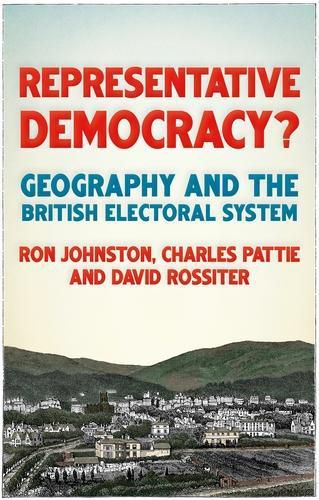Representative Democracy?: Geography and the British Electoral System
Ron Johnston,Charles Pattie,David Rossiter

Representative Democracy?: Geography and the British Electoral System
Ron Johnston,Charles Pattie,David Rossiter
Members of parliament in the United Kingdom are elected to represent geographic constituencies, but how are these defined and what are the consequences for representative democracy? Following the Conservative party’s large majority in the 2019 general election, some have suggested that drastic changes to Britain’s constituency boundaries could be afoot, affecting every corner of the UK. As populations grow and move, it is commonly accepted that changes are necessary, but these are fraught with difficulty, and the political consequences may be drastic. This major new survey reveals how constituency mapping has changed since 1832. Tackling issues such as the evolution of an independent procedure, first introduced in 1944, and the new rules for redistributions introduced in 2011, it illustrates how election results have favoured some political parties over others. Placing a constituency map over the geography of support for political parties can not only produce very uneven geographical patterns of representation, but disproportional and biased election results. Is our electoral system and the way it is mapped fit for purpose? – .
This item is not currently in-stock. It can be ordered online and is expected to ship in approx 2 weeks
Our stock data is updated periodically, and availability may change throughout the day for in-demand items. Please call the relevant shop for the most current stock information. Prices are subject to change without notice.
Sign in or become a Readings Member to add this title to a wishlist.

